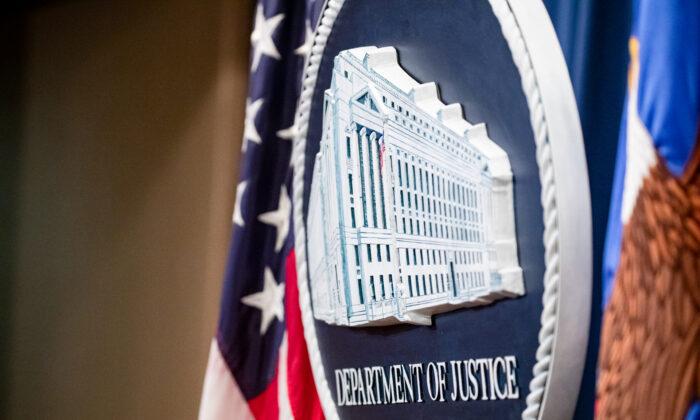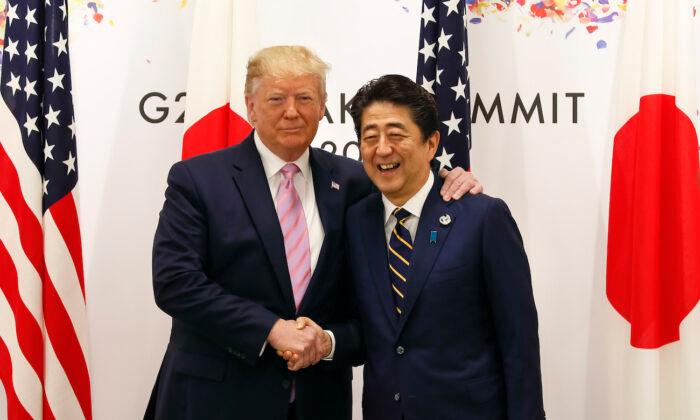New U.S.–China friction emerged after a U.S. warship sailed through the Taiwan Strait on May 18 and entered the disputed waters of the Paracel Islands in the South China Sea on May 20.
The Chinese Communist Party (CCP) condemned the move, and the United States claimed innocent passage. The People’s Republic of China (PRC) claims the islands as its territory, calling them the Xisha Islands; they are also claimed by Vietnam and Taiwan.
The regime called the transit by the guided-missile destroyer USS Curtis Wilbur (DDG-54) “an illegal intrusion,” while the United States accused China of violating international law and expressed its commitment to safeguarding maritime rights and freedoms.
The U.S. warship “illegally intruded” in the Paracel Islands without permission from the CCP regime, Tian Junli, the CCP’s spokesperson for the People’s Liberation Army (PLA) Southern Theater Command, said in a May 20 statement. He said the Chinese military forces tracked, warned, and expelled the destroyer from the waters.
The statement said the American warship “seriously undermined China’s sovereignty and security and damaged regional peace and stability.”
The same day, the spokesperson for China’s Ministry of Foreign Affairs, Zhao Lijian, demanded the U.S. Navy “stop provocations.”
However, the U.S. 7th Fleet issued a statement directly refuting the narratives of the CCP regime on May 20.
The “routine” transit was “in accordance with international law” and “demonstrates the U.S. commitment to a free and open Indo-Pacific,” according to the statement by the 7th Fleet, which is headquartered in Yokosuka, Japan. “The United States military will continue to fly, sail, and operate anywhere international law allows.”
It said the PLA’s statement regarding the mission was false and that the vessel hadn’t been “expelled” from any nation’s territory.
The statement revealed that the Arleigh Burke-class destroyer operated in the vicinity of the Paracel Islands without notifying relevant countries in advance, a move to challenge China-claimed straight baselines.
“Straight baselines cannot be lawfully drawn in the Paracels under the international law of the sea as reflected in Article 7 of the Law of Sea Convention,” the statement said. “With these baselines, China has attempted to claim more internal waters, territorial sea, exclusive economic zone, and continental shelf than it is entitled to under international law.
“The PLA’s statement is the latest in a long string of PRC actions to misrepresent lawful U.S. maritime operations and asserts its excessive and illegitimate maritime claims at the expense [of] the Southeast Asian neighbors in the South China Sea.”
Currently, the South China Sea is one of the most intense flashpoints between the United States and China; the United States refuses to recognize China’s territorial claims regarding the disputed waterway.
For years, U.S. warships have repeatedly transited through the Taiwan Strait and carried out freedom of navigation operations (FONOP) in the South China Sea.
Since the Biden administration took office on Jan. 20, a number of FONOPs have taken place in the South China Sea, including the USS John S. McCain (DDG-56, Feb. 4 and April 7), USS Curtis Wilbur (DDG-54, Feb. 24, and May 18), and USS John Finn (DDG-113, March 10).





